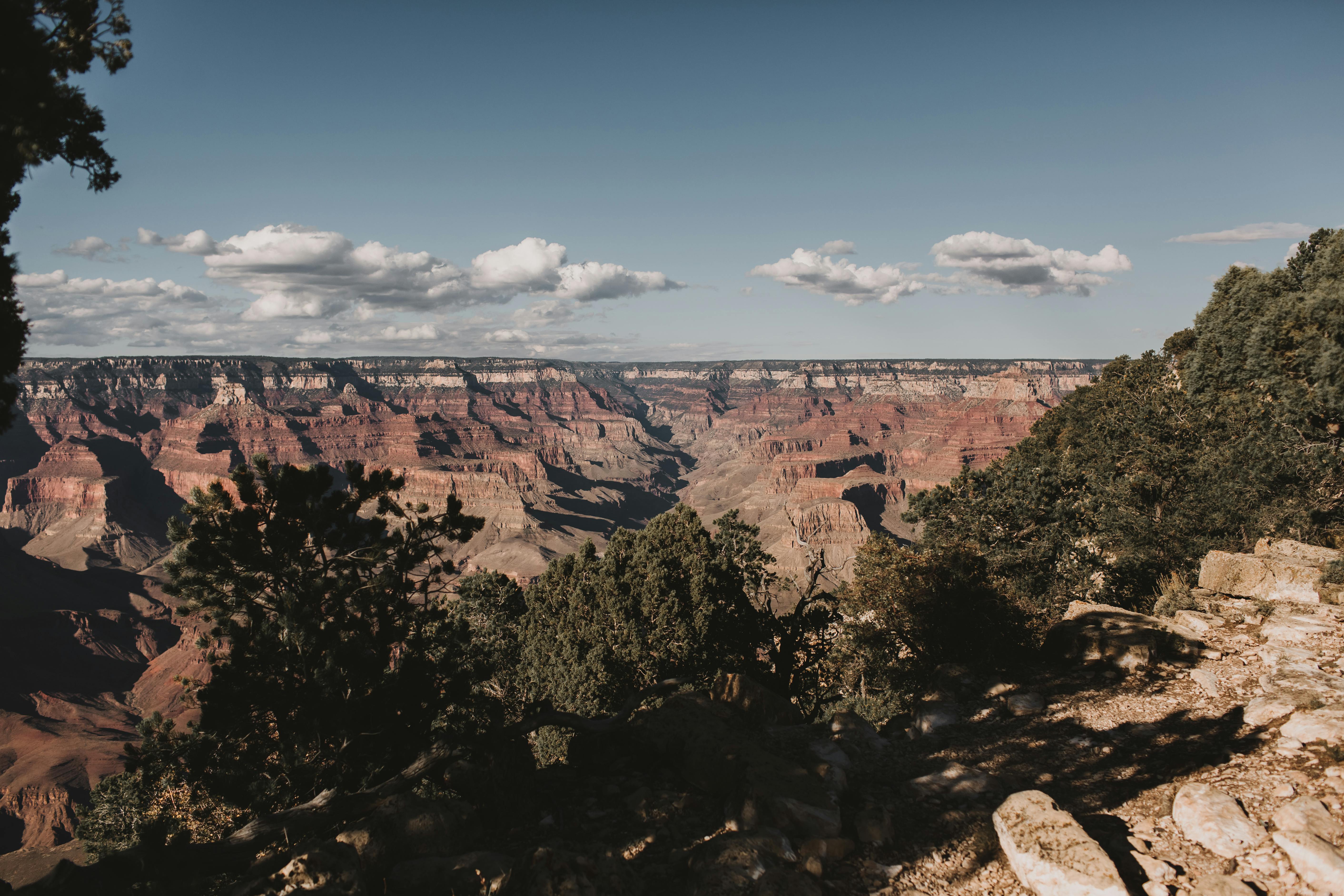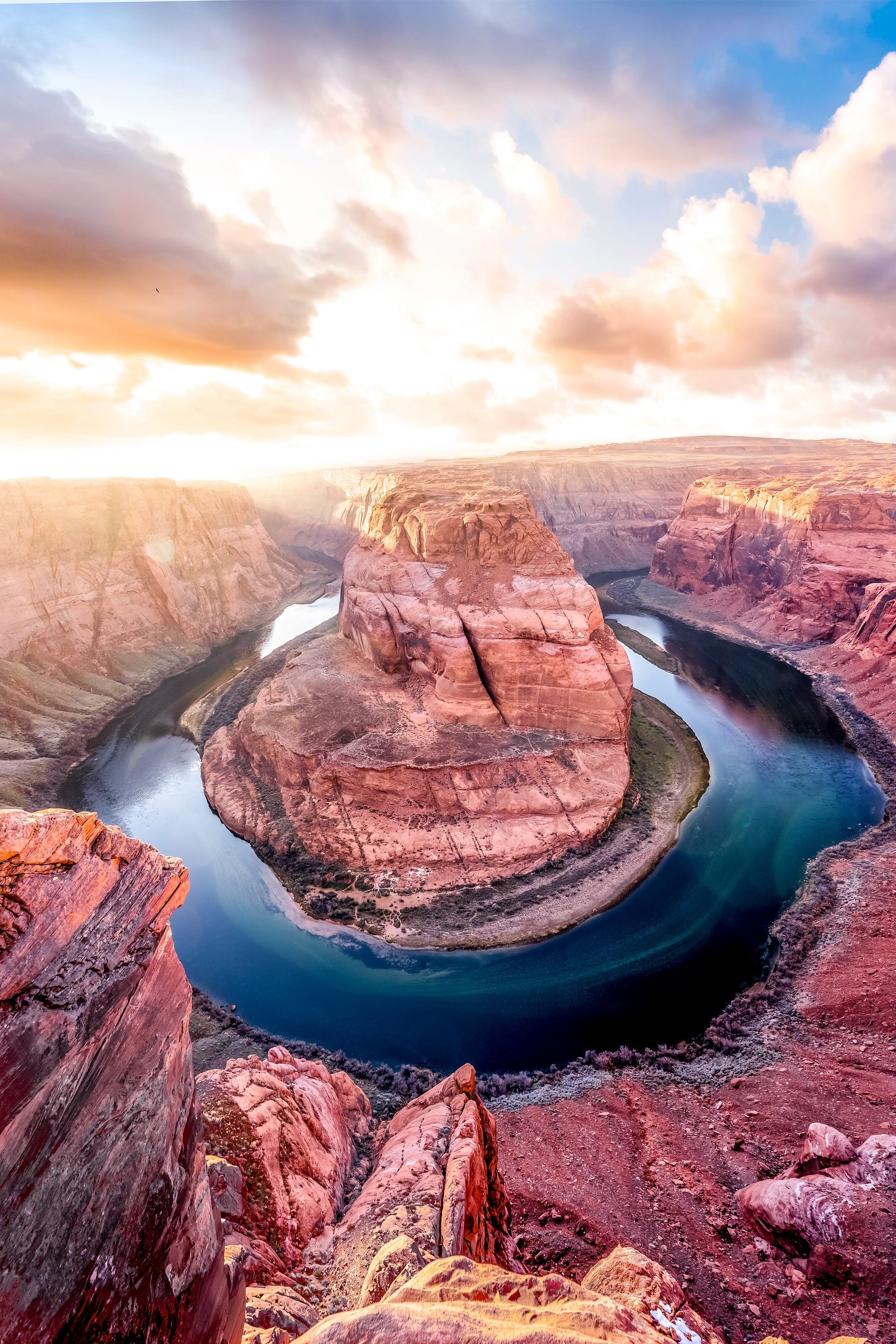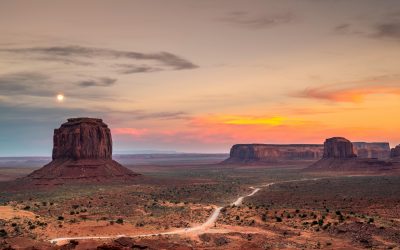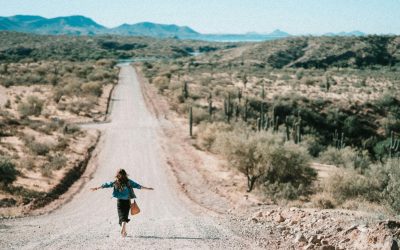Welcome to the enchanting city of Tucson, Arizona, where the weather plays a significant role in shaping the lifestyle and activities of its residents and visitors. Nestled in the heart of the Sonoran Desert, Tucson boasts a unique climate that offers something for everyone, no matter the time of year. From scorching summer heat to mild winter days, understanding Tucson, AZ weather year round can help you make the most of your time in this vibrant city.
With over 350 days of sunshine annually, Tucson is a haven for sun lovers and outdoor enthusiasts. The city’s climate is characterized by its arid conditions, with low humidity levels making even the hottest days more bearable. Whether you’re planning to hike the stunning desert trails, explore the rich cultural heritage, or simply relax by a pool, knowing what to expect from Tucson’s weather will enhance your experience.
So, whether you’re a local or a visitor planning your next trip, dive into our detailed guide on Tucson’s weather throughout the year. Get ready to discover the best times to visit, the unique challenges each season brings, and how to prepare for your adventures.
Visit our website to learn more and get started today! Click here.
Winter Weather in Tucson
Winter in Tucson is a delightful escape from the frigid temperatures found in many other parts of the country. Running from December through February, winter in Tucson is characterized by mild and pleasant weather, which makes it an ideal season for outdoor activities and exploration.
Temperatures during the winter months typically range from the mid-60s to the low 70s during the day, dropping to the 40s at night. It’s the perfect time to enjoy the outdoors without breaking a sweat. You can expect clear skies and abundant sunshine, as Tucson experiences very little rainfall during this season. On average, the city receives less than an inch of rain each month in winter.
For those who enjoy hiking, this is one of the best times to hit the trails. The cooler temperatures make for a more comfortable experience, whether you’re exploring the Saguaro National Park or the Catalina State Park. Golf enthusiasts will also find winter to be an excellent time to practice their swing at one of Tucson’s many beautiful courses.
If you’re planning to visit during the winter, be sure to pack layers. While daytime temperatures are warm, the evenings can get quite chilly. A light jacket or sweater will keep you comfortable as you enjoy Tucson’s vibrant nightlife and dining scene.
Winter is also the season for some of Tucson’s most popular events, such as the Tucson Gem, Mineral & Fossil Showcase, attracting visitors from all over the world. So, if you’re looking for a winter getaway with plenty of sunshine and activities, Tucson is the place to be!
Springtime Climate in Tucson

Springtime in Tucson, spanning March through May, is a season of rejuvenation and blossoming beauty. As the desert awakens from its mild winter slumber, the landscape is painted with vibrant wildflowers and lush greenery, making it a picturesque time to visit.
During spring, temperatures begin to rise, with daytime highs typically ranging from the mid-70s to the low 90s. Mornings and evenings remain pleasantly cool, averaging in the 50s to 60s. This variation in temperature allows for a wide range of activities throughout the day, from morning hikes to evening strolls.
Rainfall remains minimal in the spring, with Tucson receiving less than an inch of rain each month. The clear, sunny skies are perfect for outdoor adventures, whether you’re exploring the trails of Sabino Canyon or enjoying a leisurely bike ride through the city. The mild weather also makes it an ideal time for birdwatching, as many species migrate through the area.
Springtime is also when Tucson’s cultural scene comes alive. The city hosts a variety of events and festivals, such as the Tucson Folk Festival and the Tucson International Mariachi Conference. These events offer a glimpse into the rich cultural tapestry of the region and provide a chance to experience local music, dance, and cuisine.
If you plan to visit Tucson in the spring, it’s wise to dress in layers. Lightweight clothing is suitable for daytime activities, but a light jacket or sweater will come in handy for cooler mornings and evenings. Don’t forget your sunscreen and hat, as the sun can be quite strong even in the spring.
With its perfect blend of pleasant weather, stunning natural beauty, and vibrant cultural events, springtime in Tucson is a season not to be missed!
Summer Temperatures in Tucson

Summer in Tucson, extending from June through September, is characterized by intense heat and brilliant sunshine. This is the time of year when the desert truly earns its reputation for scorching temperatures. Daytime highs routinely soar into the 100s, often reaching as high as 110°F (43°C) or more. Evenings provide some respite, with temperatures dropping to the 70s and 80s, but the heat can still be quite palpable.
One of the defining features of Tucson’s summer is the monsoon season, which typically kicks off in late June and continues through August. Monsoons bring dramatic thunderstorms, lightning shows, and much-needed rainfall to the region. These storms can be both a blessing and a challenge, as they provide relief from the heat but can also lead to flash flooding and other weather-related hazards. On average, Tucson receives about 6 inches of rain during the monsoon season, which accounts for nearly half of the city’s annual rainfall.
Despite the high temperatures, summer is a vibrant time in Tucson. The heat may be intense, but it’s also a season of growth and renewal. The desert landscape transforms with the arrival of monsoon rains, with cacti and other desert plants blooming in response to the moisture. It’s a breathtaking sight that draws photographers and nature enthusiasts from all around.
For those planning to visit Tucson in the summer, it’s crucial to take precautions against the heat. Hydration is key—always carry plenty of water, wear loose, light-colored clothing, and use sunscreen liberally. Activities are best enjoyed in the early morning or late evening when temperatures are more manageable. Indoor attractions like the Arizona-Sonora Desert Museum and the Pima Air & Space Museum offer a cool retreat from the midday sun.
While the summer heat can be daunting, it also showcases the resilience and beauty of the desert. Tucson’s summer temperatures may be high, but they offer a unique opportunity to experience the dynamic and ever-changing nature of this remarkable region.
Fall Weather Patterns in Tucson

As the intense heat of summer fades, Tucson ushers in the fall season from late September through November, bringing more moderate temperatures and a unique charm to the desert landscape. Daytime highs during the fall average between 80°F and 90°F (27°C to 32°C), while nights become refreshingly cooler, often dipping into the 50s and 60s (10°C to 20°C). This pleasant shift in weather makes fall an ideal time for outdoor activities and exploration.
One of the highlights of Tucson’s fall weather is the clear skies and abundant sunshine. The monsoon season has typically ended by late September, resulting in drier conditions. This makes it an excellent time for hiking, biking, and exploring the numerous trails in and around Tucson, such as those in Saguaro National Park and Sabino Canyon.
Fall is also a time of vibrant events and festivals in Tucson. The cooler temperatures draw both locals and tourists to outdoor events, including the popular Tucson Meet Yourself Festival, which celebrates the diverse cultures of Southern Arizona. The All Souls Procession, a community event inspired by Dia de los Muertos, showcases Tucson’s rich cultural heritage and is a must-see for visitors.
Nature enthusiasts will find fall to be a particularly rewarding time to visit Tucson. The desert flora responds to the cooler temperatures and earlier rains by showcasing a second bloom, with wildflowers and cacti offering a burst of color. Birdwatchers can also enjoy the fall migration, as many species pass through the area on their way south.
For those planning to visit Tucson in the fall, it’s advisable to dress in layers. Mornings and evenings can be quite cool, while midday temperatures remain warm. Sunscreen and hydration are still important, as the desert sun can be strong even in the fall. Overall, fall in Tucson presents a perfect blend of comfortable weather and rich cultural experiences, making it a delightful season to explore this dynamic desert city.
Best Times to Visit Tucson

Choosing the *best time to visit Tucson* can greatly enhance your experience, as each season offers its unique charm and activities. While Tucson is a year-round destination, certain times of the year stand out for their exceptional weather and vibrant events.
Spring (March to May) is often considered one of the best times to visit Tucson. During these months, temperatures range from the mid-70s to mid-80s (24°C to 29°C), providing perfect conditions for outdoor activities. The desert blooms with wildflowers, and events like the Tucson Festival of Books and the Fourth Avenue Spring Street Fair draw visitors from near and far.
Fall (September to November) is another excellent time to explore Tucson. The scorching summer heat subsides, and temperatures hover between 80°F and 90°F (27°C to 32°C). Fall is also packed with cultural events like Tucson Meet Yourself and the All Souls Procession, which offer a deep dive into the local heritage and traditions.
Winter (December to February) is ideal for those who prefer cooler temperatures. Daytime highs are typically in the mid-60s to mid-70s (18°C to 24°C), making it a great time for hiking, golfing, and exploring the outdoors. The Gem, Mineral & Fossil Showcase in January is a must-see event that attracts enthusiasts from around the world.
While summer (June to August) can be extremely hot, with temperatures often exceeding 100°F (38°C), it also offers unique experiences. The monsoon season, which peaks in July and August, brings dramatic thunderstorms and cooler evenings. If you can handle the heat, summer is the time to enjoy quieter attractions and lower accommodation rates.
No matter when you choose to visit, Tucson has something special to offer. From its sunny skies and diverse flora and fauna to its rich cultural events, every season provides a unique way to experience this vibrant desert city. Visit our website to learn more and get started today! Click here.






0 Comments